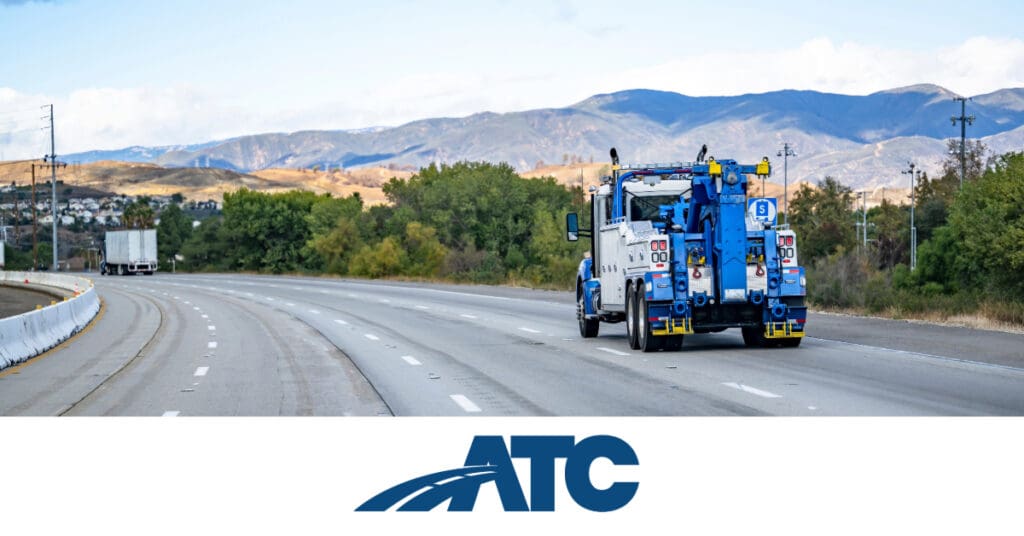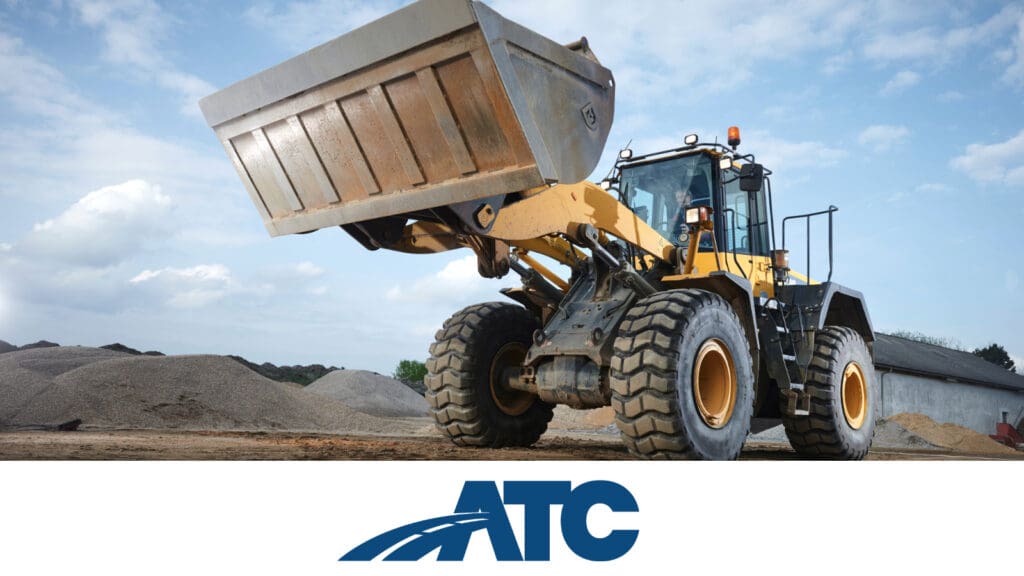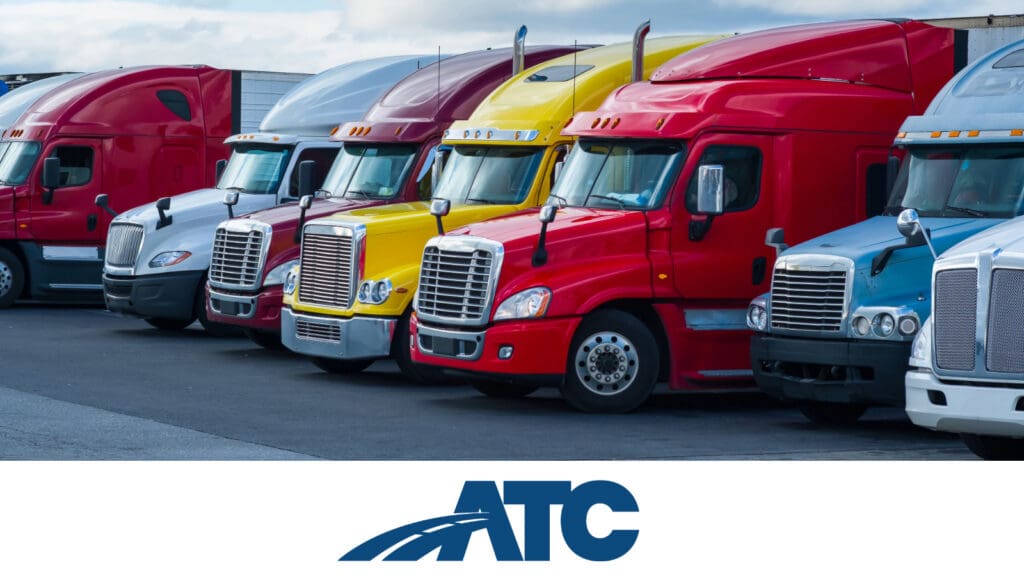The Compliance, Safety, Accountability (CSA) score is crucial in the trucking industry. It is a safety measurement system for the Federal Motor Carrier Safety Administration (FMCSA), assessing and ranking carriers based on their on-road performance and compliance history.
A lower CSA score translates to better safety performance and compliance levels, increasing business opportunities, lower insurance rates, and better access to quality freight.
Let’s explore some insights and tips to help you keep a low CSA score.
Key Components of the CSA Evaluation
The CSA evaluation process has several elements that contribute to your overall score. These include:
1. BASICs (Behavior Analysis and Safety Improvement Categories): Seven BASICs make up the foundation of your CSA score. Each BASIC concentrates on a specific area:
- Unsafe Driving
- Hours-of-Service (HOS) Compliance
- Driver Fitness
- Controlled Substances and Alcohol
- Vehicle Maintenance
- Hazardous Materials (HM) Compliance
- Crash Indicator
2. Inspections: Regular inspections are conducted by the FMCSA along with local law enforcement agencies. These evaluations assess compliance with federal and state regulations, vehicle maintenance, and driver-related issues such as HOS compliance and proper licensing.
3. Violations: Any violations identified during an inspection result in CSA points. The severity of each violation determines how many points you receive. Note that these points directly impact your CSA score, and a higher number of points will lead to a higher score.
4. Time-weighting factor: The FMCSA applies a time-weighting factor to violations, assigning more significance to recent infractions. When a violation is committed, its severity weight is multiplied by a time-weight factor of 3, 2, or 1, depending on when the violation occurred.
Practical Steps to Maintain a Low CSA Score
Here are some actionable tips to maintain a low CSA score and ensure continuous success in the trucking industry:
Focus on Vehicle Maintenance
Regular vehicle inspections and timely repairs of any detected issues are essential to avoid maintenance-related violations. Invest in a preventive maintenance program, ensure your tires have sufficient tread depth, and inspect your lighting systems regularly.
Comply with Hours-of-Service Regulations
HOS violations contribute significantly to high CSA scores, so it’s essential to maintain a compliant electronic logging device (ELD) to track and manage your driving hours accurately. Be aware of the 11-Hour Rule, the 14-Hour Rule, and the 70/8 Rule, and plan your trip accordingly.
Prioritize Safe Driving Practices
Unsafe driving violations can be easily avoided by following safe driving practices. Avoid speeding, texting while driving, or engaging in any other distractions. Also, attend regular driver training programs to hone your safe driving skills.
Be Prepared for Inspections
Know what to expect during roadside inspections and be ready with all necessary documents, including your driver’s license, medical certificate, and vehicle registration. Maintain a clean and organized cab to create a positive impression during inspections.
Adhere to Substance and Alcohol Protocols
Participate in random drug and alcohol testing programs mandated by the FMCSA. Avoid any substance abuse while on duty and stay informed about the FMCSA’s Drug and Alcohol Clearinghouse.
Keep a Low CSA Score and Ensure Success
Prioritizing safe driving practices, being prepared for inspections, and adhering to substance and alcohol protocols are all essential factors in this process. Remember, keeping a low CSA score is not just about avoiding penalties or fines; it’s about ensuring your success and creating a positive reputation as a responsible and reliable driver.
Next time you hit the road, remember these tips and strive for excellence in all aspects of your profession. By doing so, you will not only maintain a low CSA score but also pave the way for a successful and fulfilling career as a truck driver.










